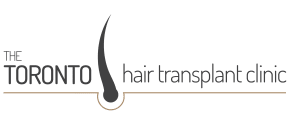Finasteride, better known as Propecia or ProScar, is an orally administered medication used to treat male pattern baldness (MPB). It is the only prescription treatment for androgenic alopecia that is approved by the U.S. Food and Drug Administration. Over one million men of all ages and ethnic backgrounds have used this medication, and studies have shown some very great success throughout these cases. Finasteride is sometimes used alone or can also be used in combination with minoxidil (Rogaine) as an adjunct to a hair transplant.
Finasteride is most effective in slowing hair loss and stimulating new hair growth in the early to moderate stages of hair loss. Men who are experiencing an extensive amount of hair loss are unlikely to see much regrowth with finasteride, because the hairs have all pretty much fallen out already. In any extensive hair loss case (Norwood stage 5 or higher), these patients are perfect candidates for a hair transplant as well as full PRP (platelet-rich plasma) treatments.
Finasteride works the best at stimulating the growth of the hair in the crown area of the scalp. It isn’t quite as effective in stimulating growth in the frontal hairline of the scalp, the area of baldness that is commonly called a “receding hairline”. Dr. Torgerson recommends finasteride to all Toronto Hair Transplant Clinic patients to prevent further hair loss. He will then recommend a hair transplant to provide the necessary coverage for the frontal hairline.
Finasteride: How It Works
Finasteride works to halt hair loss and also stimulate new hair growth on a molecular level. This medication selectively inhibits the activity of the enzyme responsible for converting the “male hormone” testosterone into a form that is active in hair follicles.
Male hormones, also known as androgenic hormones such as testosterone, have multiple effects on the body. Testosterone affects your skin, hair follicles and prostate gland. Hair follicles and sebaceous (oil producing) glands in the skin can be particularly affected by androgenic hormones.
Testosterone is the strongest of all the androgenic hormones, and its effects on skin, hair follicles and prostate tissue are not direct. These tissues are actually most affected by a form of testosterone that is called dihydrotestosterone (DHT). This occurs when testosterone is converted into DHT by the enzyme called 5-alpha-reductase. Finasteride works by inhibiting the enzyme 5-alpha-reductase, therefore blocking this conversion of our testosterone into DHT.
There are two forms of the enzyme 5-alpha-reductase, and they are identified as Type I and Type II. Finasteride is more effective in blocking Type II. Type I of the enzyme is most often found in the sebaceous glands, and Type II is found in hair follicles and prostate.
Some Findings About Finasteride
– Men with low levels of Type II (therefore low levels of DHT) are less likely to develop male pattern baldness and/or benign enlargement of the prostate.
– The inhibition of Type II 5-alpha-reductase lowers the levels of DHT in hair follicles as well as prostate tissue. Therefore, this will decrease the likelihood of developing androgenic alopecia as well as benign prostate enlargement.
Finasteride is a Type II alpha-reductase blocker, so it will lower the level of DHT in target cells. It is prescribed under 2 brand names. Propecia is a 1-mg tablet that is used to treat male pattern baldness and is the brand that finasteride is most commonly known under. Proscar is a 5-mg tablet that is mostly used to treat prostate enlargement but can also be split into 4 sections and used to treat androgenic alopecia.

